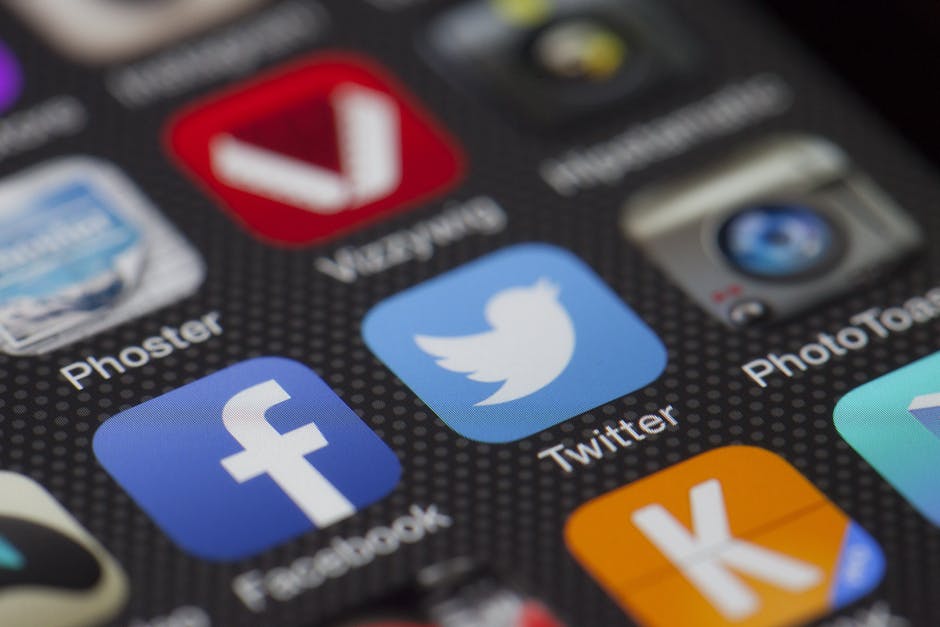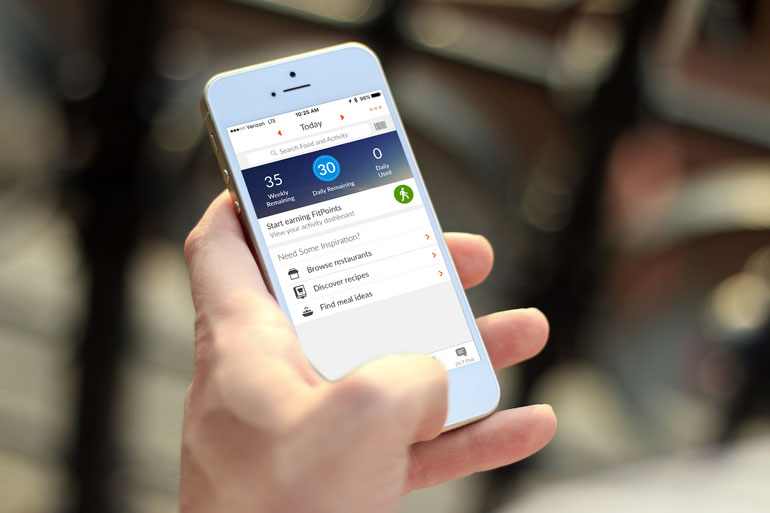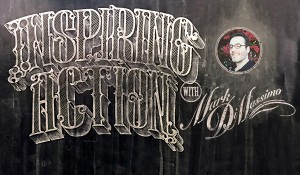By
Team DIGO | 12/05/2017 | in
We can help people change their decisions and habits in ways that empower and delight them.
We combine the findings of behavioral economics, mobile clinical interventions, persuasion design, direct marketing, CRM, and decades of A/B split testing and optimizations into an integrated practice of behavior change marketing.
This video of our Chief recapping his time at the Yale Behavioral Economics Intensive dives into the topic in greater detail:
Want to learn even more about Behavior Change Marketing? These articles are a great place to start:
Behavior Change Science Update: Moral Reframing
What’s different about the one-in-a-thousand organization that thrives and outperforms? That builds a brand and inspires a movement?
Inspiring Action Brand of the Month: Duolingo
If you and your team are trying to build an inspiring action brand, or know anyone else who may find this helpful, feel free to share this amongst them. If you want to join the conversation yourself, reach out to us on twitter, we’d love to hear from you.
By
Mark DiMassimo | 09/28/2017 | in

People have never had access to so many amazing tools for connecting with organizations and services that can inspire them to achieve incredible things. Not so long ago, “consumers” were out there. Marketers needed to learn about their customers and their preferences from “the channel,” the sales team, or from expensive market research. They needed to be recruited through retail or sales. It was hard to know much about them as individuals. Today, your customer holds you in her hand. Texts you. Tweets you. You are the button she pushes. You are the apps she launches. You are the tool she uses to get from here to there. Physically. Emotionally. Mentally. You are your customer’s utility. Today, consumers have unprecedented direct access to the organizations that serve them. Equally, companies have unprecedented direct access to their customers and prospects. The direct age is the age of interactive selling. It’s the age of collaboration. It’s also the age of social customer service. If your service and your story works best for inspiring action in the customer, and if that action becomes habit, then you win.
We inspire greatness in individuals and in the companies that serve them through great direct experiences that inspire action.
(more…)
By
Team DIGO | 12/09/2016 | in

This past week, my partner Lee Goldstein and I have been on a listening tour, immersing ourselves in the wisdom of some of the most accomplished marketers in the world.
Meeting with marketers is like ascending a mountain through clouds. In the middle, things can be foggy and confusing, but the view from the top is crystal clear.
The clear message of top marketers?
“There are three KPIs that matter:
The first is Cost-to-Acquire a Customer.
The second is Revenue-per-Customer.
And the third is Lifetime Value of the Customer.”
So said Jim Safka, former CMO of E*TRADE and CEO of Match.com.
Jim told us how he restructured his organization at Match from traditional “marketing and product” silos to a “one-leader-one-metric” system, with each of his key managers owning one of the three KPIs.
Ty Shay, CMO of LifeLock and former CMO of Squaretrade has had a very good month. A week ago, on November 28th, it was announced that SquareTrade will be acquired by Allstate for $1.4 billion dollars. Just a week earlier, Symantec announced it would acquire LifeLock in a deal worth $2.3 billion dollars.
We’d understand if Ty were focused on his stock and options at this time, but instead he too listed the three key measures – the very same KPIs that Safka cited.
“Cost-to-Acquire, Revenue-per-Customer and Lifetime Value – that’s the business,” said Shay.
Cost-to-Acquire is a pretty straightforward measure. How much do you have to spend on marketing to acquire a new customer? When we say that “we use inspiring action to drive brand value up and cost-per-acquisition down” – that’s what we’re talking about.
Revenue-per-Customer and Lifetime Value of a Customer are both measures of customer value, of course. The later (LTV) can be thought of as simply the gross profit-per-customer over the average customer tenure. Here’s an infographic on how to calculate LTV.
In an ideal world, LTV would be the only measure driving the “allowable” – the maximum cost to acquire a customer profitably.
But, it’s not an ideal world, from a finance perspective. Most companies are working to shorter time horizons when calculating permissible marketing spends for acquisition, because most companies count on cash-flow to some extent to finance the ongoing operations of the company.
That’s where Revenue-Per-Customer comes in. Many companies pick monthly, quarterly or annual time periods. Within those periods, the total revenue divided by the total number of customers yields the Revenue-Per-Customer.
This is brand direct marketing.
But where does “brand” fit in? Brand lowers the cost to acquire a customer, while increasing lifetime value. Brand drives greater passion around every interaction, moving customers and influencers through sales funnel and lifecycle. Brand reduces friction in the funnel, speeding growth.
The Inspiring Action marketer, using modern brand direct marketing techniques, never sacrifices brand for revenue, or sales for brand. Instead, the standard is a synergy wherein the brand idea improves response and sales today, while building the brand for tomorrow.
Focusing on the three key KPIs helps an inspiring action marketers write their own tickets. Take it from Jim Safka and Ty Shay.
By
Team DIGO | 11/03/2016 | in
By Mark DiMassimo
Here’s how to get creative people to make you rich:

First off, don’t compromise.
Don’t give up one iota of ambition or one quantum of results orientation.
Don’t pretend to care about awards or fame or any of those other things that people think creative people care more about than money.
All you need to do is speak a language that lets creatives know that you are absolutely committed to BOTH – selling more and driving up brand value, money and relevant fame.
All you must do is never undermine their faith in your commitment to top-level achievement on BOTH of those scales, and then you win.
Sometimes this means saying “brand response” or “brand direct” instead of “direct response.” I know, it seems silly, but it’s a tell.
When you say “direct,” “direct marketing” or “direct response,” creatives hear, “Let’s just forget about who we are and what we want to stand for, and let’s just trick people into buying stuff.”
When you say “brand response” or “brand direct,” creatives hear, “I’m not sacrificing this brand for sales and I’m not sacrificing sales for this brand. Figure it out!”
Seems a small thing, but wait until you see how well it works! Because when you make it clear that you will settle for no less than success in the short run AND success in the long run, you become the client everyone in the shop wants to work for. You become the inspiring one.
When you show that you don’t buy the false choice between selling and brand building, you’ll see it in the eyes of the creative people you inspire. Because while, yes, a lot of creative people like awards and recognition, that’s not what they live for. What creative people live for is solving the most difficult problems brilliantly.
For more on how to get creative people to make you rich, consider using The 10 Signs of an Inspiring Action Brand as your roadmap.
By
Team DIGO | 10/20/2016 | in
By: Mark DiMassimo
There, we said it.
It feels good. For so long, we lived a double life, whispering direct words to our business friends while curbing our language around our creative friends.
We weren’t being overcautious. We needed these people to deliver the creative work that would drive the direct revolution. And we knew our target audience. As one creative director memorably said, “Whenever I hear that word, I lose my erection.”
Well, today we have a message for that creative director, his attitude, and every other vestige of the 20th century:
We’re direct. We’re erect. Deal with it.

There aren’t many creative agencies showing up on Inc.’s list of America’s fastest-growing private companies. We’ve been on the list three years in a row and running. We would have been on it for each of the previous ten years, at least, if only we’d had time to submit our audited financial statements.
Are we having trouble keeping it up? Absolutely not.
We’ve been a thriving, growing independent for two decades because we chose the right wave to ride, and because we kept paddling. That wave was the direct revolution. The direct revolution that is replacing middlemen with platforms, obliterating the hard distinction between consumers and marketers, and threatening traditional players in every marketing category.
Back then, people saw direct marketing as the Thighmaster and the Juiceman, but we knew direct would be Netflix, Dollar Shave Club, Warby Parker, Airbnb, Uber, Casper, and Betterment. We knew it would also be companies like Weight Watchers and American Express that were founded in another era but are finding ways to leverage the new platforms to modern-day marketing success.

Today, people want to deal directly with other people, and they’ve come to expect transparency and seamless connectivity. They want a direct experience. And today, creative people want to create direct experiences. They love designing actions that connect and deliver the brand experience through technology. They love building the brand in the interaction. Today, their biggest ideas are mobile, social, and responsive.

Today, we’re helping the pioneers of the direct economy in cultures dominated by technologists and financiers by connecting them with the people who can build their strategies and technologies into brands. Today, more strategies are becoming category-disrupting brands because of the creative people they rub up against.
And today, we’re at the table, redefining modern marketing and building the world’s leading brand response agency.
Today, we’re driving brand value up and cost-per-acquisition down.
Today, we’re inspiring action, and proudly direct.
By
Team DIGO | 09/16/2016 | in
By Tom Christmann,
A lot of our clients here at DiMassimo Goldstein are direct-model. I know. I know. That sounds awful, right? That word — “direct!” — strikes fear in the hearts of us modern marketers. But that’s because many of us are thinking about it from the wrong side. Sure, direct-model brands sell directly to consumers. And they have for hundreds of years. This has led to some of the worst advertising in the history of advertising. The Snuggie. The Clapper. Encyclopedia Brittanica.
But think about direct-model consumers. The ones who keep coming back, that is. They are more apt to feel like they’re part of the brand. Like they’re in a club. Maybe it’s a Dollar Shave Club. Or maybe they’re season ticket holders to a sports team. (Yes, sports teams are direct-model businesses.) Or maybe they’re Tesla drivers. Or BMW drivers.
Direct-model consumers are also more willing to want to be a part of the marketing message. In fact, they take it upon themselves to be a part of it. On YouTube. On Instagram. On Twitter. And, while you can’t script what they say, you can harness them to craft the right message for prospects who might be just like them but haven’t tried your brand yet.
That’s just what we did for Weight Watchers this year. They wanted to celebrate their members losing 15% more weight on the new Beyond The Scale plan. But more importantly, they really wanted people to notice that there was a new Beyond The Scale plan. So we sent out a package to key members. In it was a rough script based on things we’d heard on the internet: How the change to the new plan was scary. And how at first they didn’t like it. And, finally, how it worked. Of course, we didn’t force them to read the script. We also asked them to tell their own weight loss stories. And to tell us what foods they loved the way Oprah famously loved bread.
Were we crazy? We were asking a bunch of non-directors to film themselves using smartphones and webcams. We had no idea what we’d get back. We even asked them to capture footage of themselves doing exercise and cooking healthy foods. This is what production companies call “B-Roll” because it generally goes under voice-over and is used to give the film a wider range of visuals. Were they ready for this?
Of course, we had cast real consumers before. We had made documentaries about them. We had done testimonials. We had even used phone interviews as the voiceover on a campaign with real traders for our Tradestation client. But we had never handed over the whole production to them.
But guess what? It worked.
Weight Watchers – It Worked :30 from DiMassimo Goldstein on Vimeo.
Not only did they know how to frame the shots and do multiple takes (thank you selfie culture), they loved every minute of it. In the end, we had a spot featuring real consumers (some were even famous YouTubers) that actually felt real. We had people sharing and liking the spot because they recognized friends and people they followed on social media. And it literally cost zero dollars to shoot. Zero dollars. Best of all, when we edited it together with music, it truly felt like the celebration of real success we had always wanted.
We started joking that maybe we had created a new genre of ad. But what would we call it? Ladies and gentlemen, DiMassimo Goldstein presents: The Selfifesto®!
So, how are you engaging your customers in your advertising? Let’s chat. Email me at tom@digobrands.com
By
Team DIGO | 11/30/2015 | in
Key #7 of 10 to Inspiring Action: 10 Keys to the Future of Marketing. Download our summary poster of the 10 Keys here.
One of the best things about doing my Inspiring Action Interviews has been the opportunity to have deep conversations with several of my most successful clients.
These are the CMOs that CEOs worship – marketers who have been highly successful again and again.
A common theme came up as we talked about the formative experiences we’d shared.

“Since that time I’ve been what you’d call a Brand Direct marketer.” – Ty Shay, CMO LifeLock
“That methodology has become the methodology I’ve applied ever since.” – Leslie Dukker Doty, CMO the Reader’s Digest Association
I first wrote about “brand direct” publicly almost twenty years ago. Since then the direct economy has taken over our lives, and just about every industry has been disrupted by it. This has mostly been a very good thing for me, as our clients over the past two decades have been doing more than their share of the disrupting.
Drowning in data, today’s marketers cry out for coherence. Even with programmatic trading desks, dashboards and optimizations, incremental improvements are only detectible to sophisticated machines.
Significant, meaningful, ongoing improvements in marketing efficiency are still possible, however. They simply require more than mere visual and verbal consistency.

The answer begins with a journey of discovery. The path of that journey is the customer journey itself. Together, we learn to see things from the customer’s point of view, from the prospect’s perspective. We uncover the insight – the inspiring idea – that will change and organize everything.
Then, together, we mine that inspiring idea to accelerate growth by up to ten times. Of course, this also dramatically alters the marketer’s journey!
Let’s alter your journey too!
-Mark DiMassimo, Chief
By
Team DIGO | 05/01/2013 | in
It’s just over thirteen years since I introduced the concept of “Brand Direct” in an Op Ed style piece in Adweek. It’s a time capsule that holds up well, especially in light of subsequent events. In fact, while most of the “dot coms” went off the cliff like so many lemmings, some of our clients went on to define and lead the next and more lasting boom. Direct Model Leader: “There is no time but the present to build a brand.” Check it out:
(more…)









